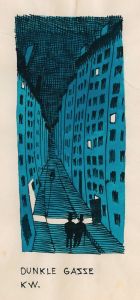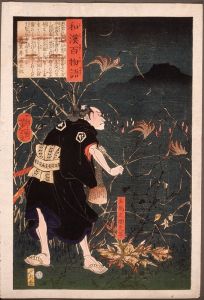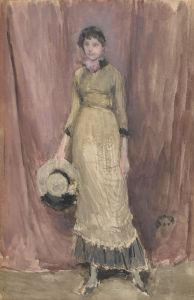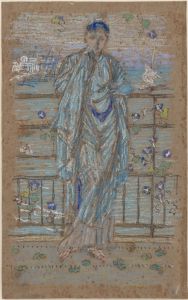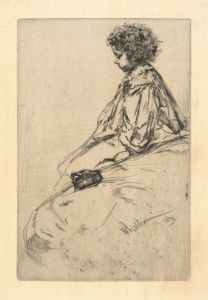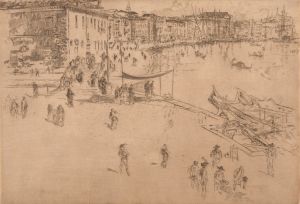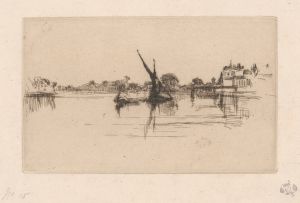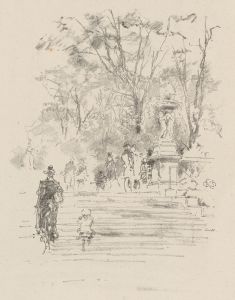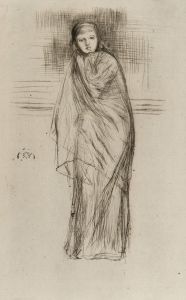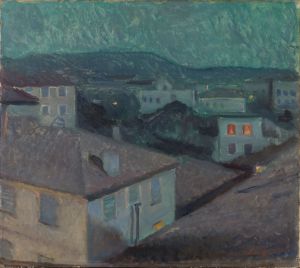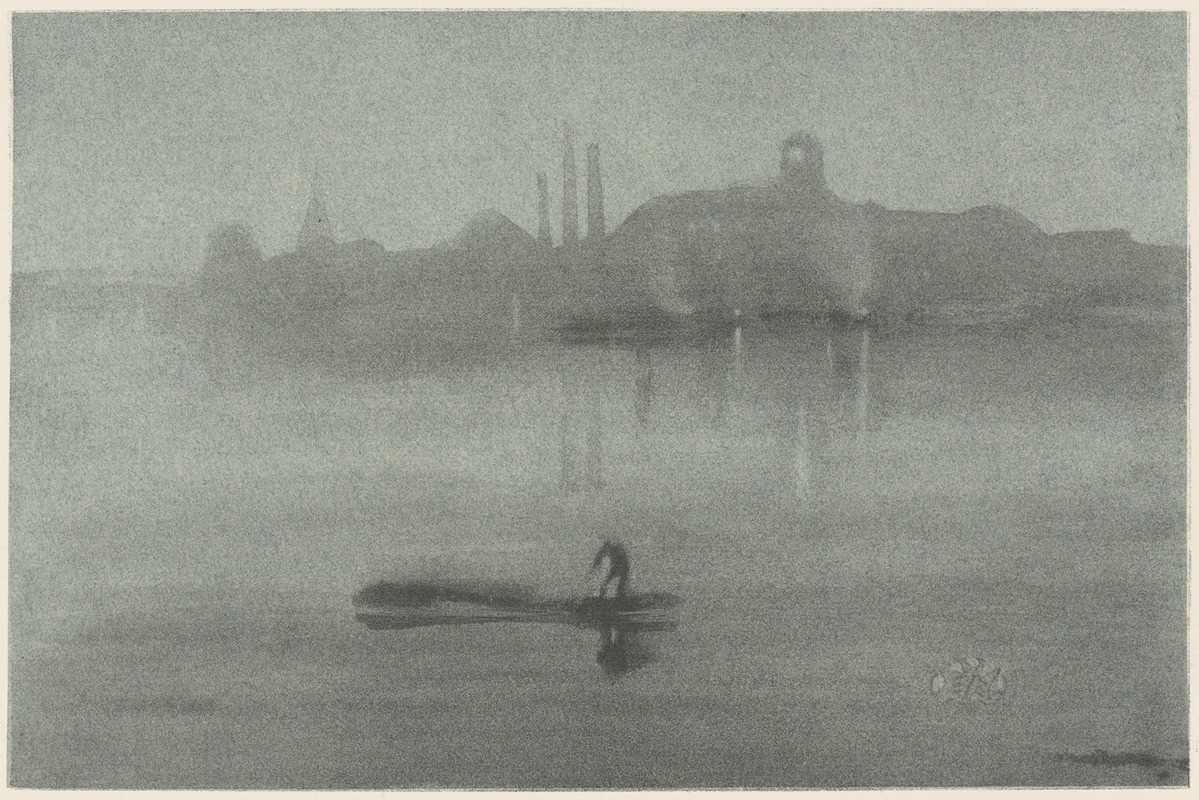
Nocturne
A hand-painted replica of James Abbott McNeill Whistler’s masterpiece Nocturne, meticulously crafted by professional artists to capture the true essence of the original. Each piece is created with museum-quality canvas and rare mineral pigments, carefully painted by experienced artists with delicate brushstrokes and rich, layered colors to perfectly recreate the texture of the original artwork. Unlike machine-printed reproductions, this hand-painted version brings the painting to life, infused with the artist’s emotions and skill in every stroke. Whether for personal collection or home decoration, it instantly elevates the artistic atmosphere of any space.
James Abbott McNeill Whistler's "Nocturne" is a term used to describe a series of paintings created by the American-born artist during the late 19th century. These works are characterized by their atmospheric and tonal qualities, often depicting scenes of rivers, harbors, or cityscapes at twilight or nighttime. Whistler's "Nocturnes" are notable for their subtle use of color and focus on mood rather than detailed representation, reflecting his interest in the aesthetic movement and his belief in "art for art's sake."
One of the most famous works in this series is Nocturne in Black and Gold: The Falling Rocket (c. 1875), which portrays a fireworks display over the Thames River in London. The painting is celebrated for its abstract qualities and innovative approach to composition, emphasizing the interplay of light, shadow, and color. Whistler's use of the term "nocturne" was inspired by musical terminology, particularly the works of composers like Frédéric Chopin, and reflects his desire to create visual art that evokes a similar sense of harmony and emotion.
The "Nocturnes" were groundbreaking in their departure from traditional narrative or representational art, focusing instead on the evocative power of color and form. Whistler's approach was influenced by Japanese art, particularly the simplicity and elegance of ukiyo-e prints, which he admired and collected. This influence is evident in the flattened perspective and emphasis on composition found in many of his works.
Whistler's "Nocturnes" also played a significant role in the history of art criticism. Nocturne in Black and Gold: The Falling Rocket became the subject of a famous libel lawsuit between Whistler and the art critic John Ruskin. In 1877, Ruskin accused Whistler of "flinging a pot of paint in the public's face," criticizing the painting's abstract nature and questioning its value. Whistler sued Ruskin for libel and won the case, although he was awarded only a token sum of one farthing in damages. The trial brought significant attention to Whistler's work and sparked debates about the nature and purpose of art.
Today, Whistler's "Nocturnes" are regarded as masterpieces of 19th-century art and precursors to modernist movements. They are housed in major collections, including the Detroit Institute of Arts, the Tate Britain in London, and the Freer Gallery of Art in Washington, D.C. These works continue to be celebrated for their innovative approach to composition and their ability to evoke a sense of tranquility and introspection.





